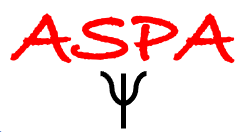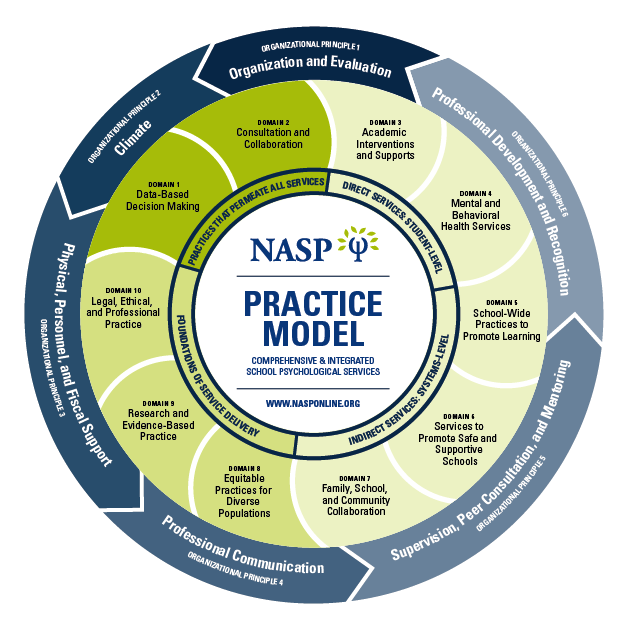tKey Ideas:
To learn more, visit the NASP website
- The NASP Practice Model is designed to promote provision of a full range of services to meet the needs of your school or district.
- The NASP Practice Model is not a job description, and not every school psychologist will be engaged in all aspects of the model; rather, it identifies what services can reasonably be expected from school psychologists.
- The guide provides concrete yet independent suggestions and resources that you can use and adapt to your specific circumstance; it is not a prescriptive or sequential set of instructions or a program.
- Depending on the context, alignment with the NASP Practice Model may constitute changing the role of the school psychologist.
- The NASP Practice Model can be used to explain to key stakeholders what school psychologists are doing in a district or state.
- Suggestions in the guide can be used by individual practitioners to improve their individual practice and by administrators/supervisors to spur systems change to improve school psychological practices on a more comprehensive level.
- Effective, sustainable change takes time, patience, commitment, and collaboration.
- Every step toward the NASP Practice Model helps improve services to students, families, and schools.
To learn more, visit the NASP website

